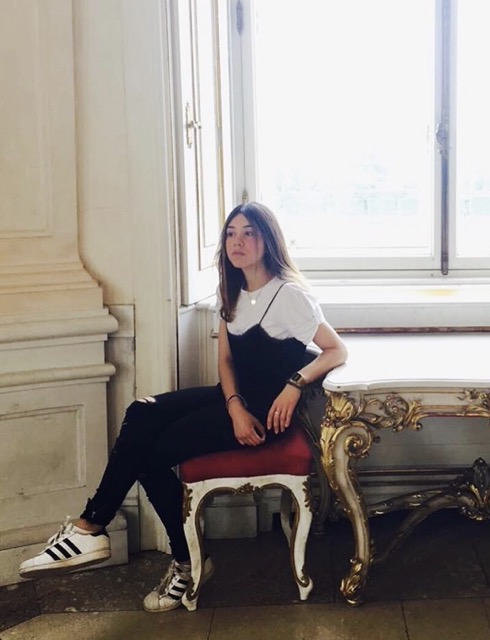assignments
| Date due | Percent | |
|---|---|---|
| Week 2 | Website Analysis | 5% |
| Week 3 | Midterm Worksheet (8 Steps) | 5% |
| Week 3 | Responsive Mockup | 5% |
| Week 3 | CSS Selection Exercise | 5% |
| Week 4 | Grid Exersize | 5% |
| First Quarter Assessment | 25% | |
| Week 5 | Responsive Wireframe | 5% |
| Week 5 | Code Portfolio Front Page | 5% |
| Week 5 | Quiz | |
| Week 6 | Typography Poster | 5% |
| Week 7 | Current Topic Website | 5% |
| Week 8 | Portfolio: Class Presentation | 5% |
| Second Quarter Assessment | 25% | |
| Week 9 | Final: Worksheet | 5% |
| Week 10 | Final: CSS3 Collateral | 5% |
| Week 11 | Final: CSS3 Animatic | 5% |
| Week 12 | Final: HTML/CSS | 5% |
| Week 12 | Final: Modular Navigation | 5% |
| Third Quarter Assessment | 25% | |
| Week 13 | Final: Multimedia | 5% |
| Week 13 | Final: Alternatives | 5% |
| Week 13 | Final: Peer Review | 5% |
| Week 14 | Final: Forms | 5% |
| Week 15 | Alternative | 5% |
| Final Quarter Assessment | 25% | |
| Week 15 | Final: Presentation | 10% |
| Two assignments dropped: | -10% | |
| Total: | 100% |
goals
My main goal for this class is to gain a strong foundation in coding and website building. I aim to grasp the core concepts and skills required for creating functional websites. Also, I hope to develop an understanding of both coding and website design, so I can confidently work on web projects independently and potentially explore more advanced aspects in the future.
openai text
1 | What are the current trends in website portfolio for a design student?
2 | How do I start?
3 | What do employers look for in a website for media and communication design?
4 | How can I make my website unique?
To make your website unique, focus on personal branding, unique visuals, creative layout, interactive features, custom elements, and a distinct color palette.
